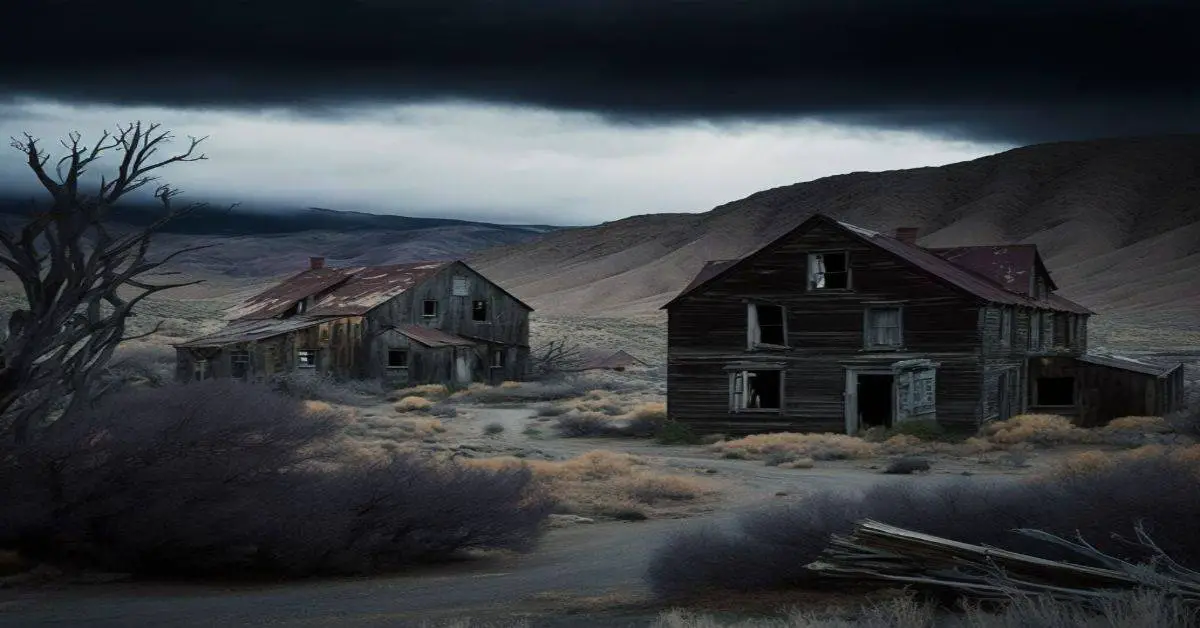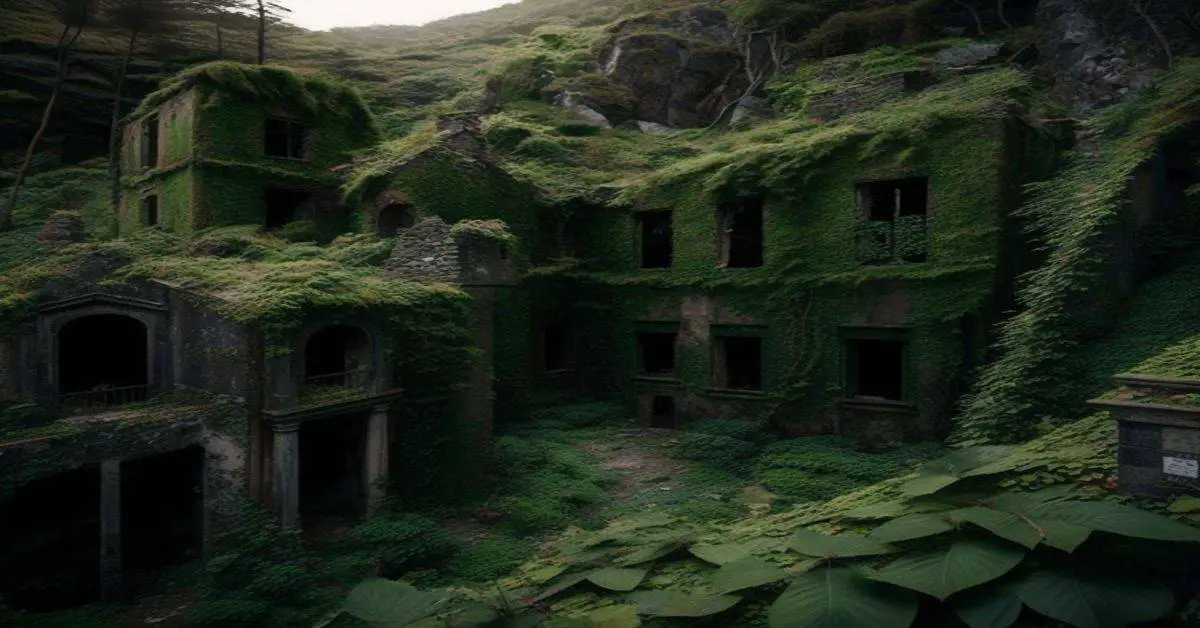The desert landscape of Nevada holds a treasure trove of secrets, including abandoned mining towns that have been left to the mercy of time. These ghost towns, remnants of the past, stand as a testament to the dreams and failures of those who inhabited them.
Among these deserted settlements is the town of Golden Arrow, where the promise of gold lured prospectors and investors alike. Discovering the Ghost Town of Golden Arrow, Nevada, offers a glimpse into a world that has long been forgotten, where the hopes and dreams of those who sought their fortune in the Wild West still echo through the empty streets.
Despite being abandoned for over a century, Golden Arrow still holds remnants of its past, including a prominent headframe, debris of collapsed wooden structures, and mine shafts that lead deep into the earth. As we delve into the history of Golden Arrow, we will discover the town’s origins, its rise and fall, and what remains of it today.
Key Takeaways
- Golden Arrow, Nevada, was a mining community established in 1906 by the Golden Arrow Mining Company.
- The town was a real estate promotion that failed due to the short-lived discovery of gold in the region, and the town was practically empty by 1909.
- Efforts are underway to protect the remaining structures of the ghost town and prevent further damage, as well as to ensure the protection of the wildlife and their habitats.
- Golden Arrow’s history is intertwined with the history of the mining industry in Nevada, and the town’s remains continue to attract visitors interested in the history of the American West.
Discovery of Gold
The discovery of gold ore between October 1904 and September 1905 in the remote area of Golden Arrow led to a small rush to the region and the formation of the Golden Arrow Mining Company in January 1906.
The company established a townsite and a hotel, store, and saloons by 1907.
The impact of this discovery was significant, as it resulted in establishing a community in an otherwise remote and uninhabited area of Nevada.
The history of Golden Arrow, Nevada, is intertwined with the history of the mining industry in Nevada.
The discovery of gold in the region was not uncommon during the early 1900s, leading to the formation of numerous mining companies across the state.
However, the impact of the discovery of gold in Golden Arrow was short-lived, as the town was practically empty by 1909.
Despite this, the discovery of gold in the region remains a significant event in the history of Nevada and the mining industry in the United States.
Founding of Town
Established as a result of a small gold rush, the town of Golden Arrow was more of a façade than a successful mining community, akin to a house of cards that crumbled at the slightest breeze. The Golden Arrow Mining Company laid out a townsite in 1906 with a hotel, store, and saloons. Despite the promising start, the town was nothing more than a real estate promotion, with the company hoping to profit from selling land to potential miners.
However, the town’s fortunes were short-lived, and Golden Arrow, Nevada, was practically empty by 1909. The railroad planned to connect Tonopah and Ely never materialized, leaving the town isolated. The population peaked at 200, but the town was never profitable.
In the end, Golden Arrow was nothing more than a ghost town, with only the remnants of its failed dreams remaining as a testament to its brief existence.
Remains and Wildlife
Remnants of collapsed wooden structures, mine shafts, and a prominent headframe stand as a testament to the failed real estate promotion that was once Golden Arrow. Despite its short-lived heyday, the town’s remains continue to attract visitors interested in the history of the American West. However, preserving these remnants has become a growing concern as the site is vulnerable to vandalism and natural decay. Efforts are underway to protect the remaining structures and prevent further damage.
The only residents of Golden Arrow today are wild horses, antelope, coyotes, and rodents. These wildlife sightings add to the allure of the ghost town, but also raise concerns about their impact on the site’s preservation. As the area becomes more popular with visitors, steps must be taken to protect the wildlife and their habitats. Balancing conservation and tourism is a delicate task, but preserving the history and natural beauty of this remote and once-thriving mining camp is crucial.
Frequently Asked Questions
What was the average yield of gold from the mines in Golden Arrow during its peak?
There is no available information on the average yield of gold from the mines in Golden Arrow during its peak. However, it is known that the town was more of a real estate promotion than a profitable mining camp and had limited activity from 1913 to the 1980s. The mining techniques used during this period are also unknown.
What were the main causes of the decline and eventual abandonment of Golden Arrow?
The decline and abandonment of Golden Arrow can be attributed to several causes, including the failure of the railroad to materialize, the lack of profitable mining, and the harsh environmental impact on the town.
Are there any notable historical events or figures associated with the town?
Notable events and famous figures are not associated with the history of Golden Arrow. The town’s brief existence was more of a real estate promotion than a profitable mining camp, resulting in its decline and eventual abandonment.
What is the current status of the Golden Arrow Mining Company, and have any efforts been made to revive the town or its mining operations?
The Golden Arrow Mining Company has been defunct since the early 1900s and there have been no efforts to revive either the town or its mining operations. The area remains a remote and abandoned ghost town, with limited wildlife activity.
Have any paranormal or supernatural phenomena been reported in or around the abandoned town of Golden Arrow?
There are no documented reports of paranormal sightings or haunted history in or around the abandoned town of Golden Arrow. The town’s history is primarily associated with its failed mining operations in the early 1900s.


